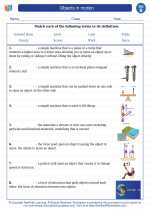Gallbladder
The gallbladder is a small, pear-shaped organ located beneath the liver. Its main function is to store and concentrate bile, a digestive fluid produced by the liver. When we eat, the gallbladder releases bile into the small intestine to help with the digestion and absorption of fats.
Structure of the Gallbladder
The gallbladder consists of three main parts: the fundus, body, and neck. It is made up of smooth muscle tissue and has a lining that can absorb water and electrolytes from bile, concentrating it.
Functions of the Gallbladder
- Bile Storage: The gallbladder stores bile produced by the liver, allowing it to be concentrated and released in response to the presence of fatty foods in the small intestine.
- Bile Concentration: The gallbladder absorbs water and electrolytes from bile, making it more concentrated and effective in the digestion of fats.
- Bile Release: When fatty foods are detected in the small intestine, the gallbladder contracts and releases bile into the duodenum, aiding in the digestion and absorption of fats.
Common Gallbladder Disorders
Some common disorders of the gallbladder include:
- Gallstones: Hardened deposits that can form in the gallbladder, causing pain and blockages.
- Cholecystitis: Inflammation of the gallbladder, often due to gallstones or infection.
- Biliary Dyskinesia: A condition where the gallbladder does not function properly, leading to abdominal pain and digestive issues.
Study Guide
Use this study guide to review and reinforce your understanding of the gallbladder:
- Describe the location of the gallbladder in the human body.
- Explain the main function of the gallbladder in the digestive system.
- List the three main parts of the gallbladder and their functions.
- Discuss the process of bile storage and release in the gallbladder.
- Identify and explain two common disorders of the gallbladder.
Remember to review the structure, functions, and common disorders of the gallbladder to solidify your knowledge of this important organ in the digestive system.
.◂Science Worksheets and Study Guides Second Grade. Objects in motion

 Worksheet/Answer key
Worksheet/Answer key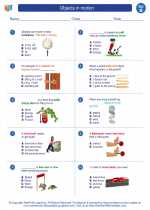
 Worksheet/Answer key
Worksheet/Answer key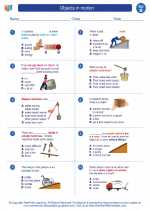
 Worksheet/Answer key
Worksheet/Answer key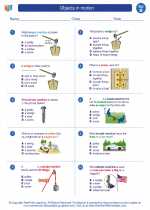
 Vocabulary/Answer key
Vocabulary/Answer key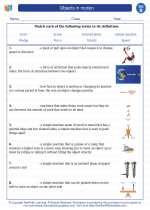
 Vocabulary/Answer key
Vocabulary/Answer key